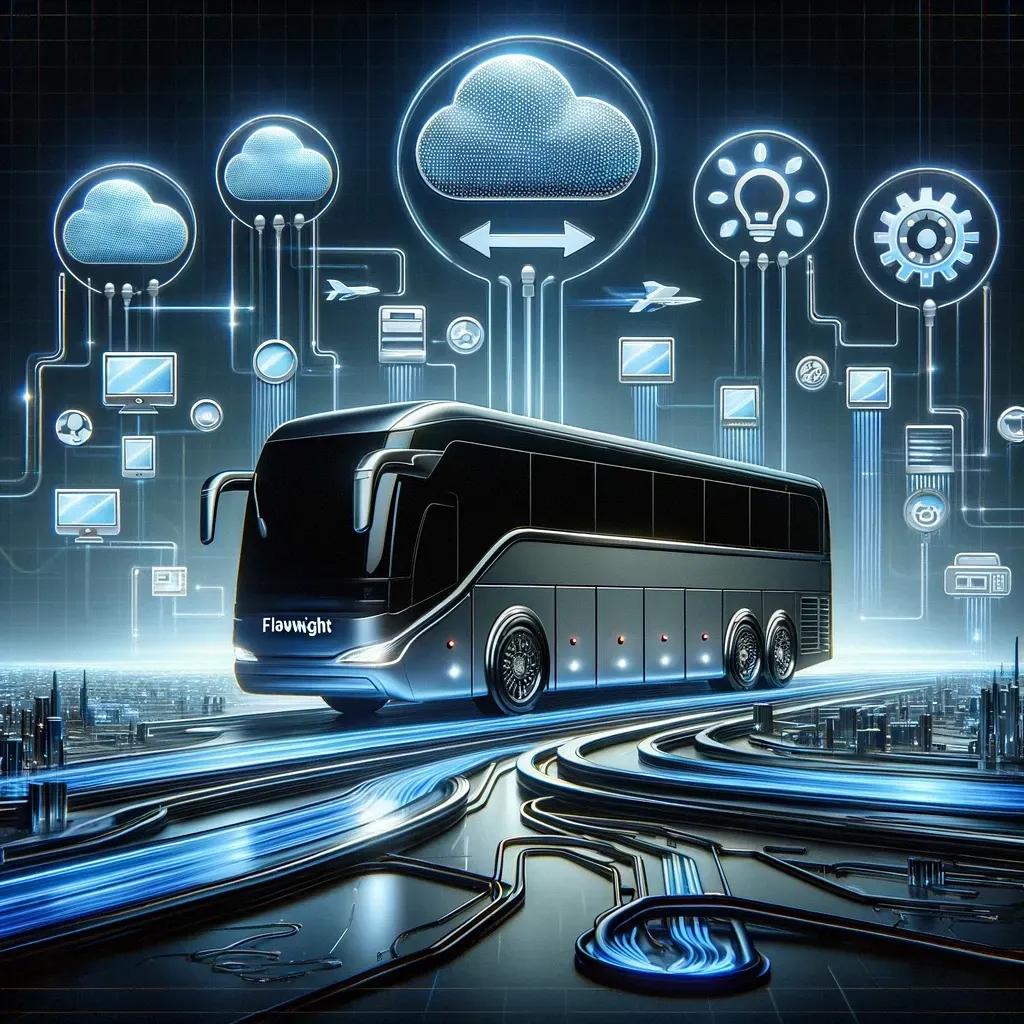In the competitive landscape of process automation , FlowWright stands out not just as a participant but as the bus driver, steering organizations towards efficiency, adaptability, and growth. Here's why FlowWright is pivotal in the journey of digital transformation and process automation.
Centralized Control
Our software acts as the central hub for all automation tasks, akin to a bus driver managing the direction and stops of a journey. It ensures that every process, from the simplest task to the most complex workflow, is orchestrated harmoniously and efficiently.
Unparalleled Integration
Like a bus connecting various destinations, we integrate disparate systems, applications, and data sources. This capability enables organizations to create cohesive ecosystems where data and processes flow seamlessly across platforms.
Adaptive and Scalable
FlowWright's architecture is both adaptive and scalable, mirroring a bus's ability to adjust its route and capacity based on traffic and passenger demand. This flexibility ensures that organizations can scale their automation efforts up or down, responding agilely to changing business needs.
User-centric Design
With its user-friendly interface and intuitive design, FlowWright is accessible to users at all levels of technical expertise, much like a bus is accessible to passengers with diverse needs. This inclusivity empowers users to contribute to process optimization and innovation.
Robust Reliability
Just as passengers rely on the bus to reach their destinations on time, organizations trust us for the reliable execution of automated processes. Its robust error handling and recovery mechanisms ensure that workflows run smoothly, even in the face of unexpected challenges.
Analytics and Insights
We don't just transport data and processes from point A to point B; it also provides valuable insights into performance, efficiency, and opportunities for improvement, similar to how a bus driver monitors routes and traffic conditions to optimize travel times.
Our team stands at the helm of process automation, not merely facilitating but actively driving organizations towards their goals. Its comprehensive suite of features, combined with its central role in integrating and managing workflows, positions FlowWright as the bus driver of the digital transformation journey.
By implementing a workflow automation, businesses that want to stay competitive, can. Get excited to streamline operations, reduce errors, and enhance customer satisfaction levels. Book a demo today to learn how you can take advantage of workflow automation.






